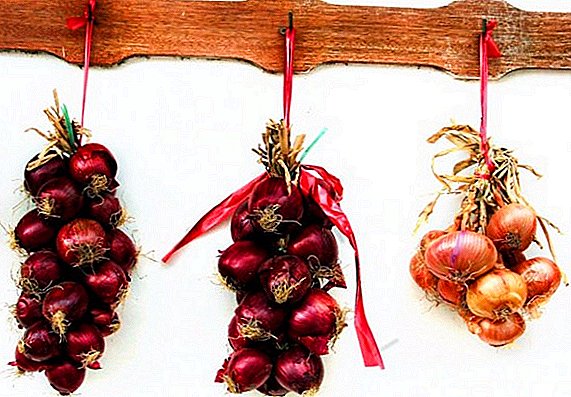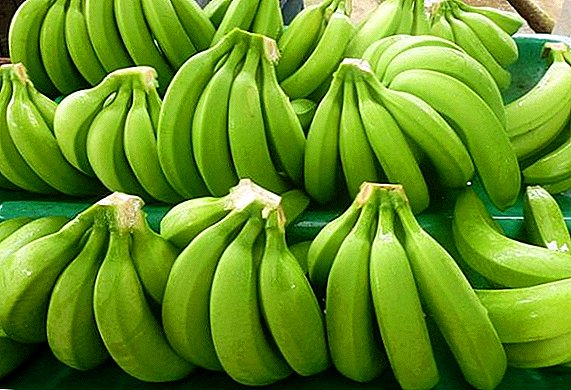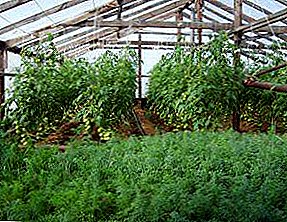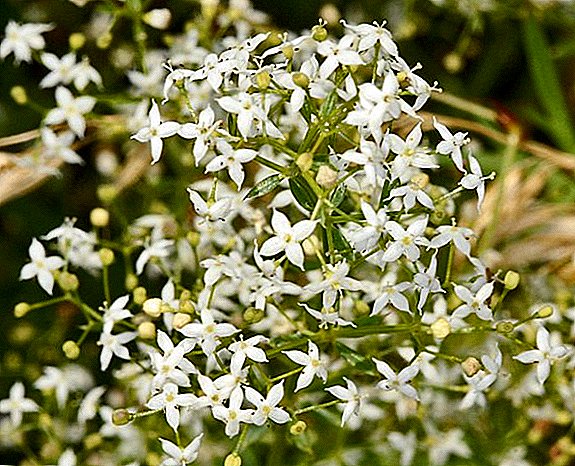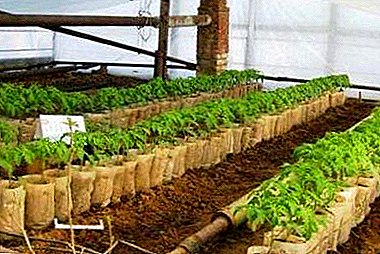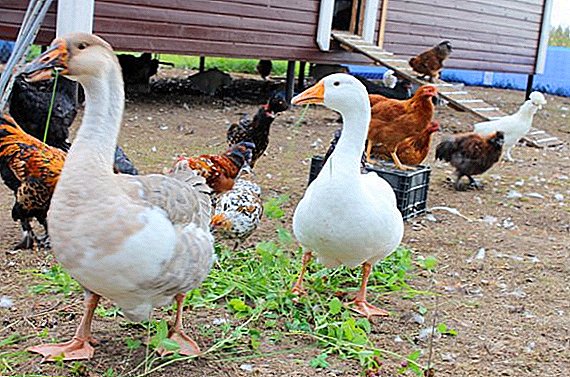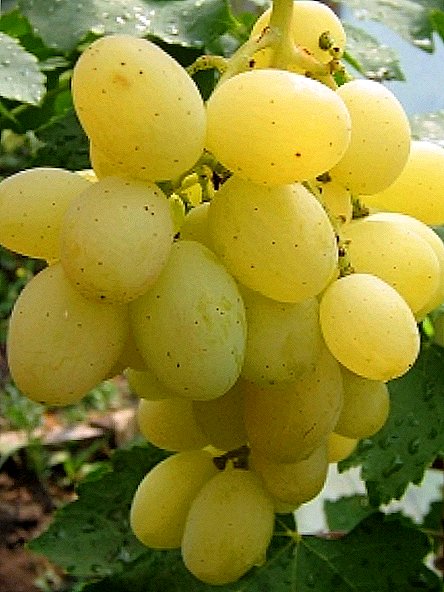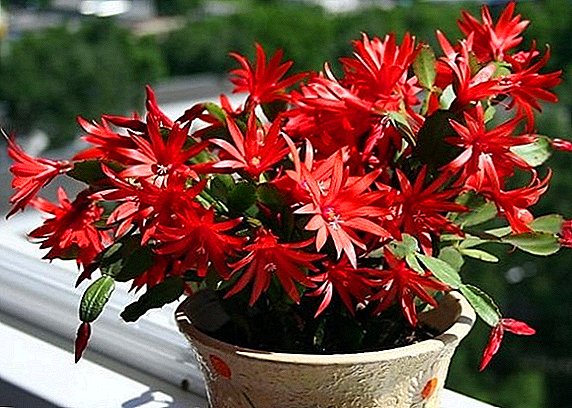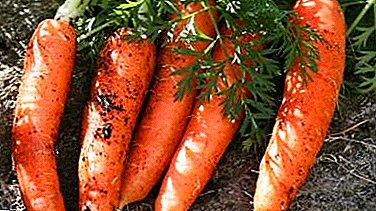
When growing carrots in Siberia, it is necessary to take into account the harsh climatic conditions. Frosty winter and short summer make it difficult to grow vegetables in this region. The soil freezes to a greater depth and thaws long enough. Homestead owners need to have time to grow and harvest.
Further in the article it is told about which carrot varieties are most suitable for cultivation in the Siberian region and what are the peculiarities of care and harvest.
What types of carrots are suitable for growing in this region?
Carrots are considered to be a frost-resistant crop that can germinate even at + 5 degrees. In this climate, it is recommended to use early, middle-late and late varieties.
Early
The following early ripe varieties are suitable for cultivation in Siberia.
| What is the name of the variety | How many days are needed for ripening | Characteristics of root crops | Yields from 1 square. meters |
| "Alenka" | 80-90 | Carrots have a sweet taste and are well stored. The diameter of the root is 4 cm. | 10-12 |
| "Boltex" | 60 | Root crops have a cylindrical shape and have juicy pulp. Over-grown vegetables do not crack. The variety is resistant to low temperatures. | 8 |
| "Parisian carrot" | 72 | The advantages of the variety include resistance to various diseases and a high degree of keeping quality. The length of the carrot is about 5 cm. | 7-8 |
| "Minicore" | 88-90 | The grade differs in good tastes. Carrots do not die during frosts. This early variety can be used for planting in the spring and winter. | 7-8 |
Middle late
| Grade name | Duration of ripening | Taste characteristics, keeping quality and frost resistance | Productivity per 1 kg of soil |
| "Nantes 4" | 105 | The mass of root crops is 130 g. A distinctive feature of carrots is purple peel. | 6 |
| "Vitamin 6" | 100 | In carrots there is a large amount of carotene. On average, the weight of root crops is 165 grams. | 4-10 |
| "Nevis" | 110 | The hybrid variety weighs about 165 g. The length of vegetables is 18 cm. The advantage of growing a variety is the possibility of long storage. | 9 |
| "Narbonne" | 100-105 | Fruits have a fairly large mass, which can reach 250 g. Root crops do not crack during storage. It must be borne in mind that the Narbonne variety is not suitable for autumn plantings. | 7,3-7,8 |
Late
| What is the name of the variety | How long do you need to wait for the final maturation | Specifications | Yield per 1 square. ground meter |
| "Flacoro" | 130-140 | The variety has a red-orange color and is suitable for long-term storage. | 3,4-5,5 |
| "Queen of Autumn" | 117-130 | Root crops with a cone-shaped shape have a pleasant and rich flavor. The mass of vegetables is 200 g. | 3,5-9 |
| "Shantane 2461" | 120 | Vegetables have juicy and sweet pulp with a dense structure. Variety shows resistance to various diseases. Carrots can be stored for the entire winter period. | 8 |
When can be planted: the consequences of late planting
 If the seeds of even the best varieties of carrots sow too early, then it can lead to freezing. The temperature regime in March often misleads gardeners.
If the seeds of even the best varieties of carrots sow too early, then it can lead to freezing. The temperature regime in March often misleads gardeners.
The probability of frost in the conditions of the Siberian climate is very high. To unpleasant consequences can lead and too late planting late varieties. For their maturation takes about 130-140 days. In this case, the owner of the plot will have to harvest when the beds will be covered with snow.
Preparatory work
The optimal time for sowing carrot seeds in Siberia is mid-May. You must wait until the earth warms up to at least +7 degrees.
What inventory is needed?
To plant carrots you need to prepare the following tools:
- bayonet spade;
- watering can;
- rake;
- wooden roller, with which you can loosen the soil;
- film that will protect the shoots from frost.
Seed treatment process
- Seeds are placed in warm water to identify unsuitable.
- After this bubbling is carried out. The procedure consists in keeping the seeds in a solution of potassium permanganate.
- Processed planting material must be dried within 4 hours.
- To stimulate the growth of grain sprayed with drugs "Fitosporin" and "Sodium HUMATE".
How to prepare the soil?
 In autumn, the ground must be dug with a shovel. In the spring, mineral fertilizers need to be added to the ground. To enrich the soil the following mixture:
In autumn, the ground must be dug with a shovel. In the spring, mineral fertilizers need to be added to the ground. To enrich the soil the following mixture:
- superphosphate with potassium chloride 30 g;
- urea from ammonium nitrate 20 g;
- ash 40
To increase the yield, you can use sawdust and rotted leaves. You can not use fresh manure, as it adversely affects the growth of root crops.
Choosing a place
The optimum place for planting carrots is the area on which they previously grew potatoes, tomatoes, onions or cucumbers. Root crops grow poorly on the land that was previously used to grow dill, celery or parsley. Carrot prefers slightly acidic soil. Be sure to consider proper crop rotation to increase yields.
Carrots grow poorly on clay soils.On open ground it is necessary to break the beds grooves, which should have a depth of about 2 cm. In the spring, the wells are moistened with potassium permanganate or water.
Primary care
In autumn, the ground must be insulated with foliage or branches. Spring plantings are watered with water that contains liquid fertilizers.
Aftercare
The process of caring for crops can be divided into several stages.:
- Carrot beds must be timely watered, loosened and thinned.
- To get a good harvest you need to feed the plants in a timely manner. Particular attention should be paid to regular irrigation at all stages of carrot growth.
- The irrigation procedure is recommended every 3-4 days.
- Over the entire period of growing carrots, you must make 2 dressings.
- To avoid the formation of a crust on the ground, it is necessary to constantly loosen the earth between the rows.
Features of the harvest
 After the ripening of root crops, you can begin harvesting. The most convenient way to dig carrots with forks or shovels.
After the ripening of root crops, you can begin harvesting. The most convenient way to dig carrots with forks or shovels.
Root vegetables are cleaned from the soil, cut off the tops and dried in the garden. Vegetables should not be tapped apart to prevent damage. Otherwise, the carrot will quickly rot in storage. The optimum temperature for storing root crops in the cellar is + 2 degrees.
Diseases and pests: prevention and treatment
Crop losses may be related to the following pests.:
- carrot flies;
- wireworms;
- slugs;
- Bears;
- winter scoops.
As a preventive measure, it is recommended to dig up the soil and weed weed.
To combat the carrot fly, a solution of liquid soap is used. To save the planting from pests used ground pepper. Medvedka can be frightened off with the help of a decoction of tomato tops. You can save the crop from the wireworm using the following methods.:
- Plant legumes next to carrot beds.
- Regularly thin out crops.
- Reduce soil acidity.
- To get rid of slugs you can with the help of mulch planting sawdust or wood ash.
In Siberia, carrots can be affected by the following diseases:
- fomozom;
- white and gray rot;
- brown spot;
- powdery mildew;
- chalcosporosis.
You can avoid fammuz using the following measures::
- prekopat site;
- apply phosphorus-potassium fertilizers during planting seeds.
Bordeaux liquid is used to protect vegetables. It is possible to get rid of spotting with the help of soil loosening. To get rid of the powdery mildew, the fungicides “Topaz” and “Horus” are used. You can cope with cercosporosis by heating the seeds in water at a temperature of +50 degrees.
To get a good harvest of carrots in Siberia, you need not only to select the right varieties. The owner of the plot should know the optimal time for planting.. The number of harvested carrots depends on the preparation of the land and the treatment of seed material.


